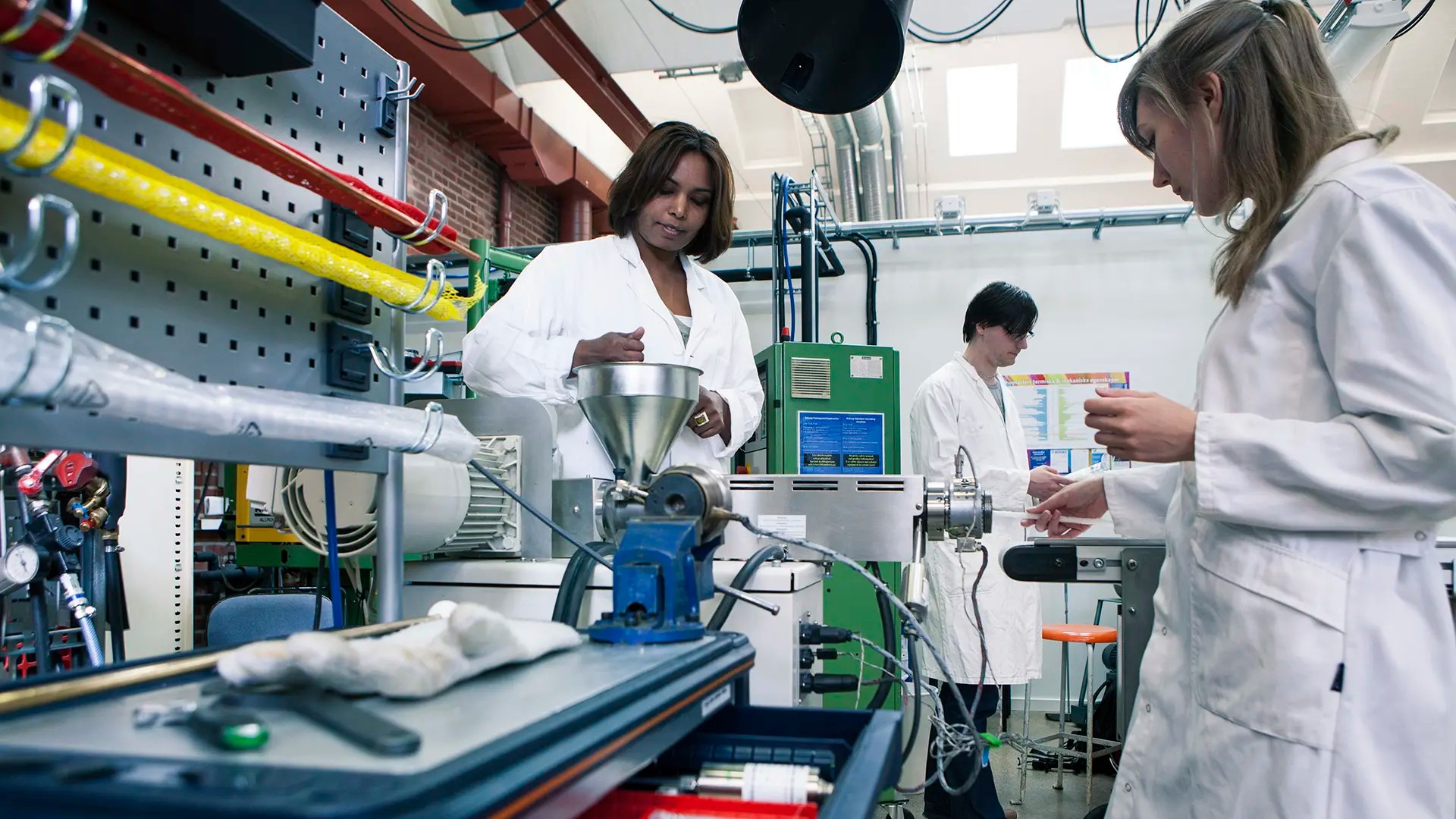
A distinctive feature of materials science is the search for useful relations between the structure (on different levels) and material properties. In the case of polymeric materials, the processing technique chosen has a very strong influence on the structure of the material and thus on its performance in a given application.
These aspects constitute together the basis for the activities within the research group “Polymeric materials and composites”. The research is often of an interdisciplinary character and covers both fundamental and more applied issues.
The research activities include:
- The effect of processing on the properties of polymeric components, including the role of melt rheology. Special emphasis on surface properties and appearance.
- Development of composite materials, including nanocomposites, and corresponding manufacturing techniques, with new or improved functional properties.
- Find potential routes to use and process polymeric materials based on non-fossil resources and recycled material. Assess quality status and long-term behaviour of such systems is of substantial importance.
Our goals
We aim to be a leading group nationally in the area of physical properties and processing of polymeric materials and composites.
- To further advance a scientific platform for developing new or improved materials and processes within the polymer field together with other parts of the academia and with industrial partners.
- To educate undergraduate and postgraduate students that can take part in or lead development work involving advanced materials and their processing.
- To take an active role in the development of the global scientific and engineering community and thereby be an attractive partner for cooperation within projects of the highest international quality.
Materials science is interdisciplinary by nature and applications can be found in most industrial sectors, such as the automotive, building, chemical, medical, electrical, pulp and paper industries. Most of the projects are carried out in close cooperation with other universities and industry, both nationally and internationally. Examples of specific projects are surface engineering for improved optical properties, reinforcing thermoplastics with cellulosic fibres, processing of thermoplastic starches and similar biobased materials, enhancing the performance of composites using carbon nanotubes, reducing damage in mechanically loaded high performance composites, etc.

